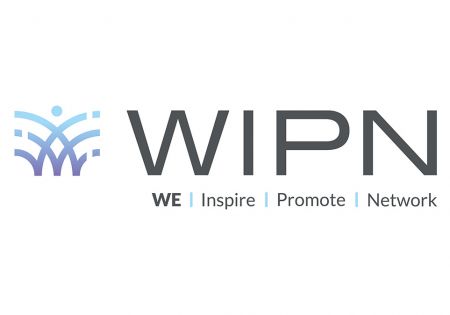Never miss a story — sign up for PLANADVISER newsletters to keep up on the latest retirement plan adviser news.
Half of Plan Sponsors Offer Auto Enrollment
The second annual Retirement Plan Survey by Mesirow Financial Retirement Plan Advisory found that 50% of plan sponsors surveyed offer automatic enrollment features, and one-third include a step-by-step deferral rate option.
Implementing fee disclosure is at the forefront for 2012. Mesirow’s research suggests that plan sponsors allocate sufficient time and resources to ensure regulations are addressed to the satisfaction of the Department of Labor (DOL), and that employee communications are effective. Plan sponsors, along with their providers, should maintain a careful watch as fee disclosure rolls out in 2012. Respondents were asked, “Is your outsourcing provider communicating all fee disclosure regulations to your satisfaction [e.g., 408(b)(2), 404(a)(5)]? The majority (90.5%) said yes, while 9.5% stated no.
A surprising find is that 34.4% of plan sponsors said they do not know if their adviser or consultant is acting as an investment co-fiduciary. Only 36.1% said yes, as a 3(21) fiduciary; 1.6% said yes, as a 3(38) fiduciary; and 27.9% said no.
Nonqualified Plans
When asked if highly compensated employees (HCEs) limited their voluntary contributions to the retirement plan because of nondiscrimination testing results, 13.1% said yes, all HCEs are limited to a set percentage contribution limit each year, which is less than the maximum percentage allowed under the plan; 29.8% stated yes, some HCEs receive a portion of their deferrals back to them taxably after testing results are known; and 57.1% said no, all employees, whether highly compensated or not, are eligible to contribute to the retirement plan up to the maximum allowed by the IRS.
For nonqualified plans offered, 25% offer voluntary employee deferral plans; 17.9% offer employer matching/profit sharing plans; 7.1% offer employer-provided defined benefit (DB) plans, commonly referred to as an SERP (Supplemental Executive Retirement Plan), and 67.9% do not offer nonqualified plans.
(Cont...)
Plan sponsors are hopeful that there is progress in educating participants about the merits of taking part in their retirement plans, the survey found. One major concern is the lack of participant understanding and appreciation of the retirement plan benefit, yet satisfaction levels seem positive. The provider community offers multiple options in trying to meet the educational requirements and needs of both plan sponsor and of participants.
When asked to rate participant satisfaction with planning tools, participant website materials and meetings to help reach saving goals, 14.4% of respondents said they were very satisfied; 75.6% were satisfied; 5.6% were not satisfied; and 4.4% do not use these options.
Since the finalization of the Pension Protection Act, target-date funds (TDFs) have grown exponentially in usage and assets. The trend continues in Mesirow’s latest findings as plan sponsors use TDFs for double duty as a plan’s QDIA and also as a managed account strategy. The majority of respondents (72.4%) offer TDFs, while 27.6% do not.
You Might Also Like:
Itzoe Launches Getre(k)ruited.com Industry Networking Platform
